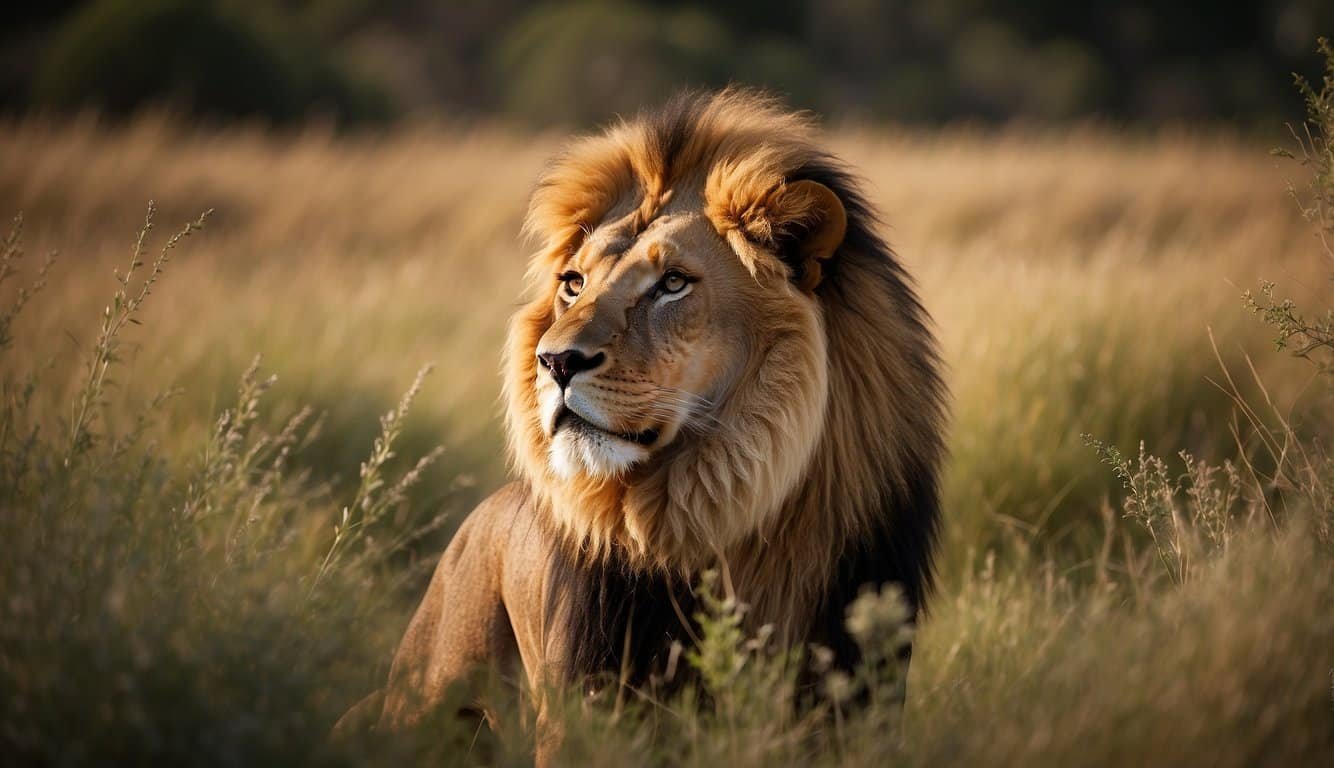Cecil the Lion’s Story

Cecil’s tale is not just about a lion, but a narrative that captivated the world, highlighting serious issues in conservation and sparking intense media coverage across the globe.
Who Was Cecil?
Cecil was a majestic male Southwest African lion (Panthera leo bleyenberghi) that lived in Zimbabwe’s Hwange National Park. As a major attraction for the park, Cecil was renowned for his striking black mane and approachable nature toward tourists on safari. He was also part of a study by the Wildlife Conservation Research Unit at the University of Oxford, which closely monitored his movements with a GPS collar.
The Incident
In July 2015, Cecil’s life was abruptly ended outside the boundaries of Hwange National Park. Walter Palmer, a dentist from Minnesota, wounded Cecil with an arrow before ultimately killing him. The death was met with widespread criticism because, as a well-known and research-tracked lion, Cecil was considered a local ambassador for wildlife.
Global Media Response
The repercussion of Cecil’s death went well beyond the boundaries of Hwange National Park, as it sparked a global media response and raised questions about ethical hunting and conservation laws. Social media were flooded with the hashtag #RIP Cecil, which became a top-trending topic, and the event was covered extensively by news outlets, catalysing discussions about hunting regulations and wildlife protection efforts around the world.
Conservation Impact

Cecil the lion became a catalyst for amplifying the global conversation on conservation. The reverberations of his story have significantly influenced wildlife conservation efforts, sparked debates on legal and illegal hunting practices, and brought broader conservation challenges into the spotlight.
Wildlife Conservation Efforts
Following the incident involving Cecil the lion, wildlife conservation received heightened public interest. Research units like the Oxford University Conservation Research Unit became more prominent in the public eye. Their work in habitats like Zimbabwe and across Africa plays a crucial role in preserving not only lions but also countless other species teetering on the brink of endangerment.
Efforts to conserve wildlife often involve complex considerations of ecology, economics, and societal impacts. Revenue from legal hunting, for example, is sometimes used to support conservation; however, intense debates continue over the morality and long-term sustainability of this practice.
Legal and Illegal Hunting
Cecil’s story highlighted the thin line between legal and illegal hunting, bringing to light the challenges facing enforcement of the rules meant to protect endangered species. The economic benefits of legal hunting as a source of revenue for conservation are controversial and raise questions about whether such practices are ethical or simply exacerbate the threats facing endangered species such as lions.
Beyond Cecil: Broader Conservation Challenges
The impact of trophy hunting is just one of many threats that lions and other wildlife face. Issues such as habitat loss, human-wildlife conflict, and the broader effects of climate change continue to pose significant threats. Though the death of Cecil sparked outrage and a potential shift in public sentiment, there remains a critical need for continued focus on conservation efforts to ensure the survival of the world’s most vulnerable wildlife.
Scientific and Social Perspectives

The story of Cecil the Lion brought to light various aspects of lion conservation and its impact on local communities, involving intricate details of research and socioeconomic factors.
Conservation Research Insights
In Hwange National Park, the focus on lions like Cecil has accelerated conservation efforts. Research conducted by WildCRU from Oxford University, under the guidance of researchers such as Andrew Loveridge, helps in understanding lion behavior, pride dynamics, and the ecology of the African lion. Insights from tracking and studying lions have revealed how hunting quotas can influence the stability of lion prides, vital for the welfare of cubs and the overall ecosystem.
Community and Economic Dynamics
The intersection of conservation and community livelihoods is complex. While lions are a draw for tourists, providing income for local economies, they also pose risks to livestock. This duality presents challenges in balancing the needs of local communities, wildlife protection, and economic development. Effective communication and collaborative management are key in ensuring that the needs of people and wildlife are met.

